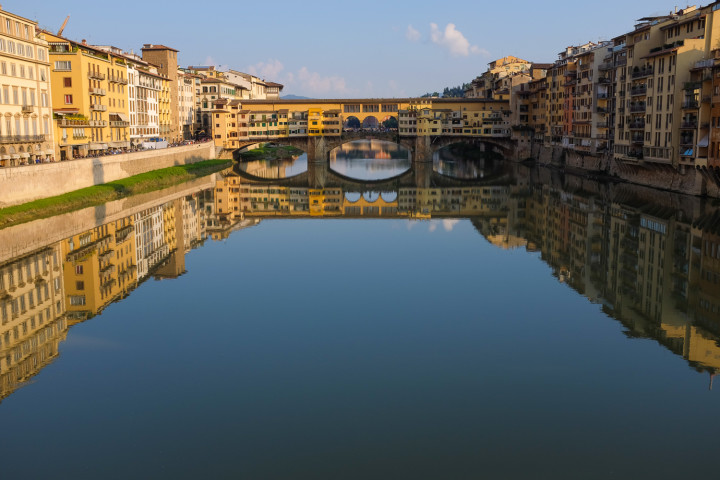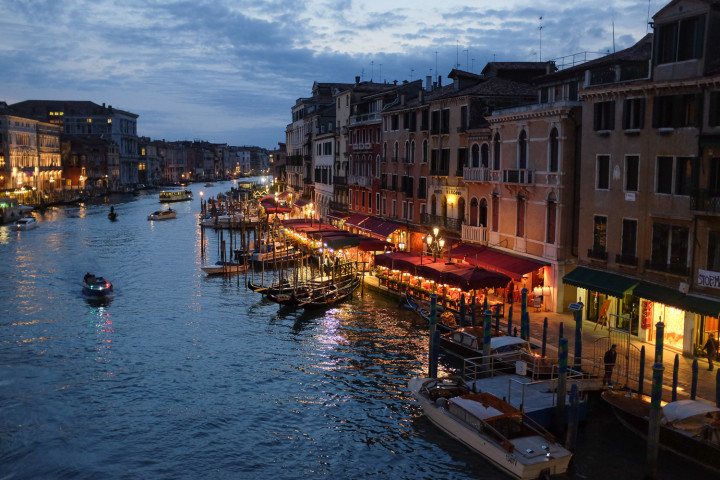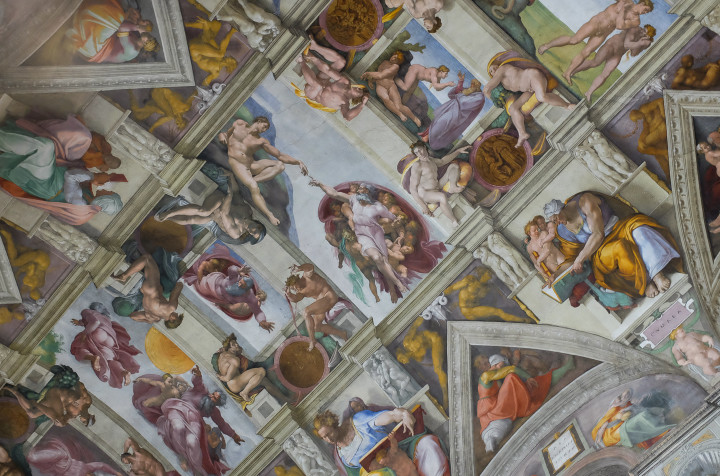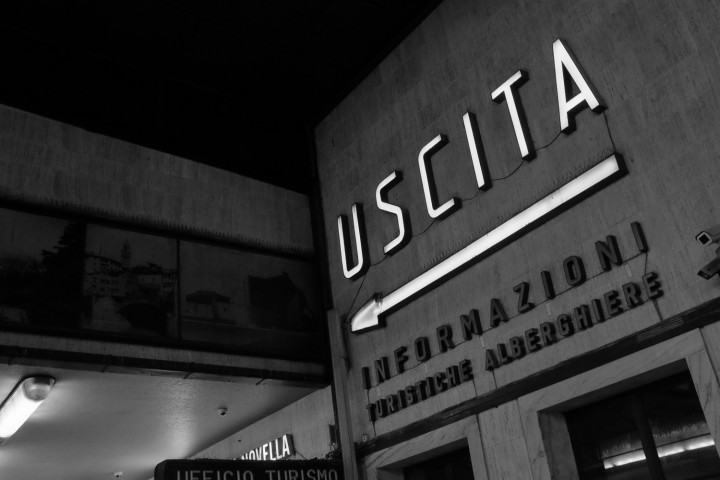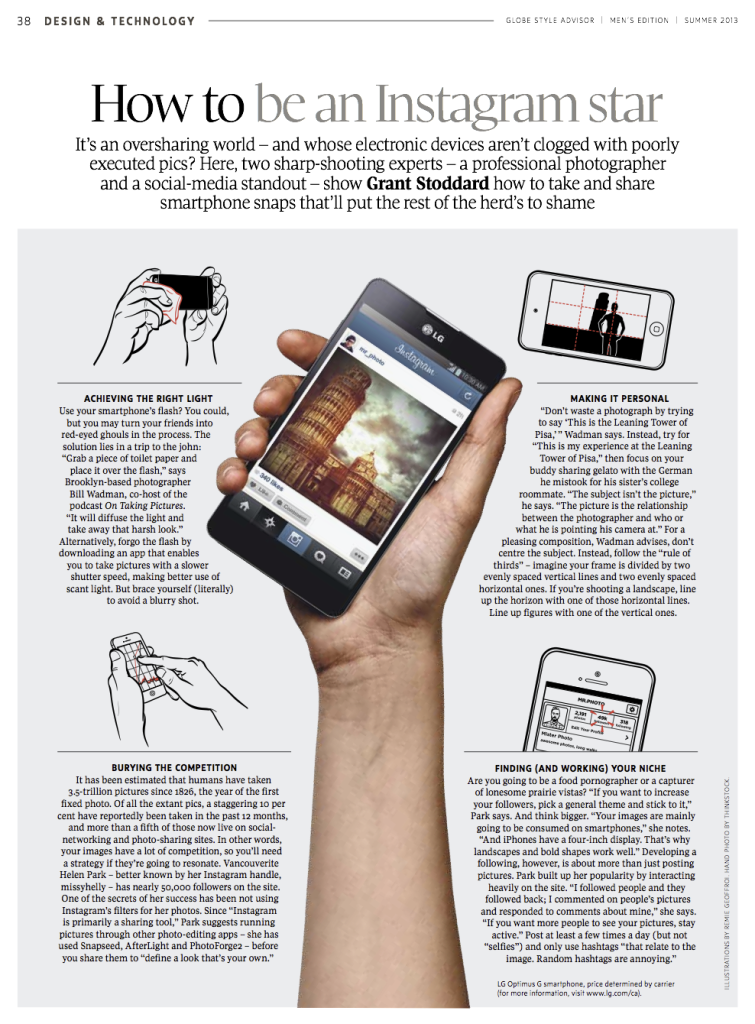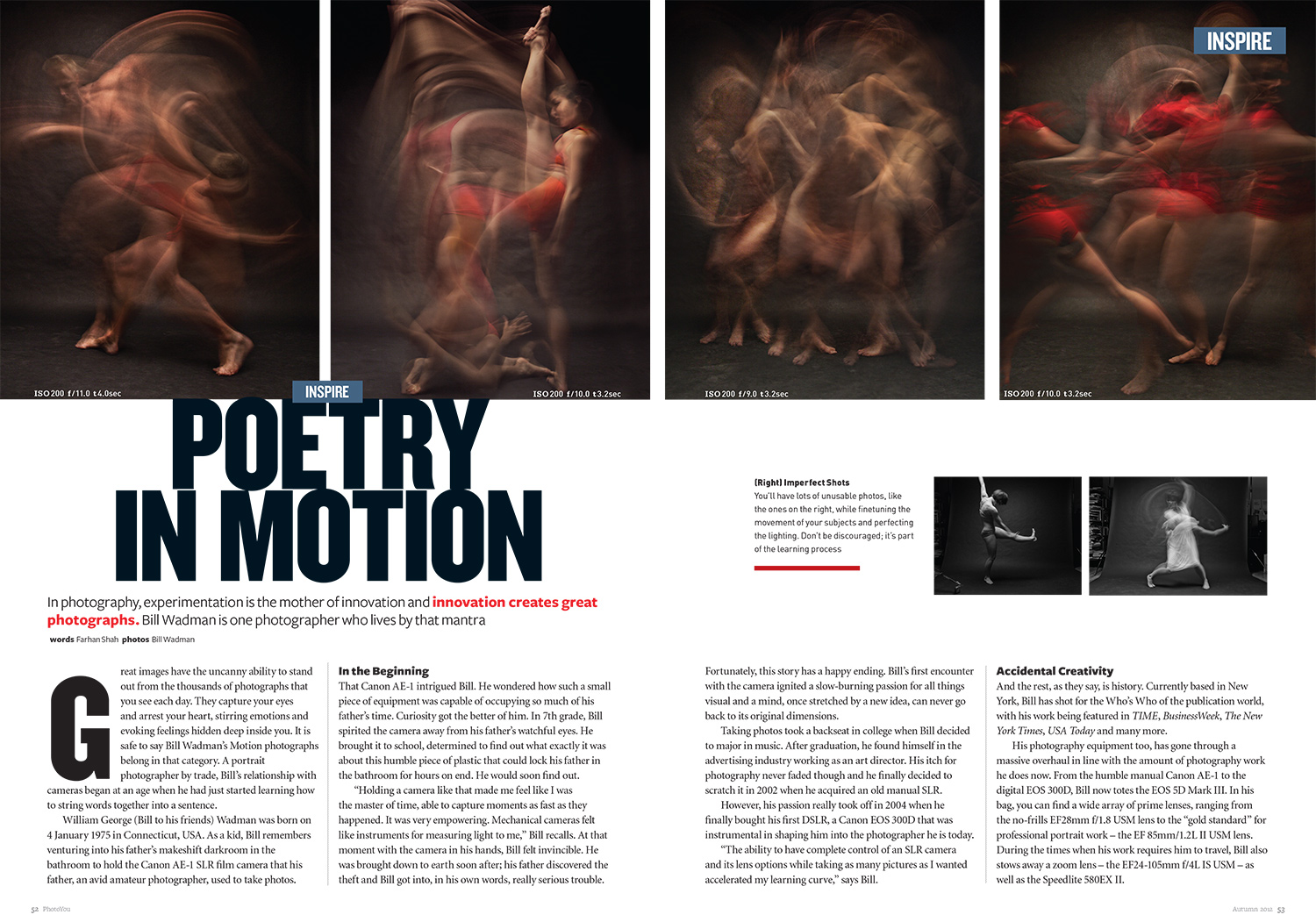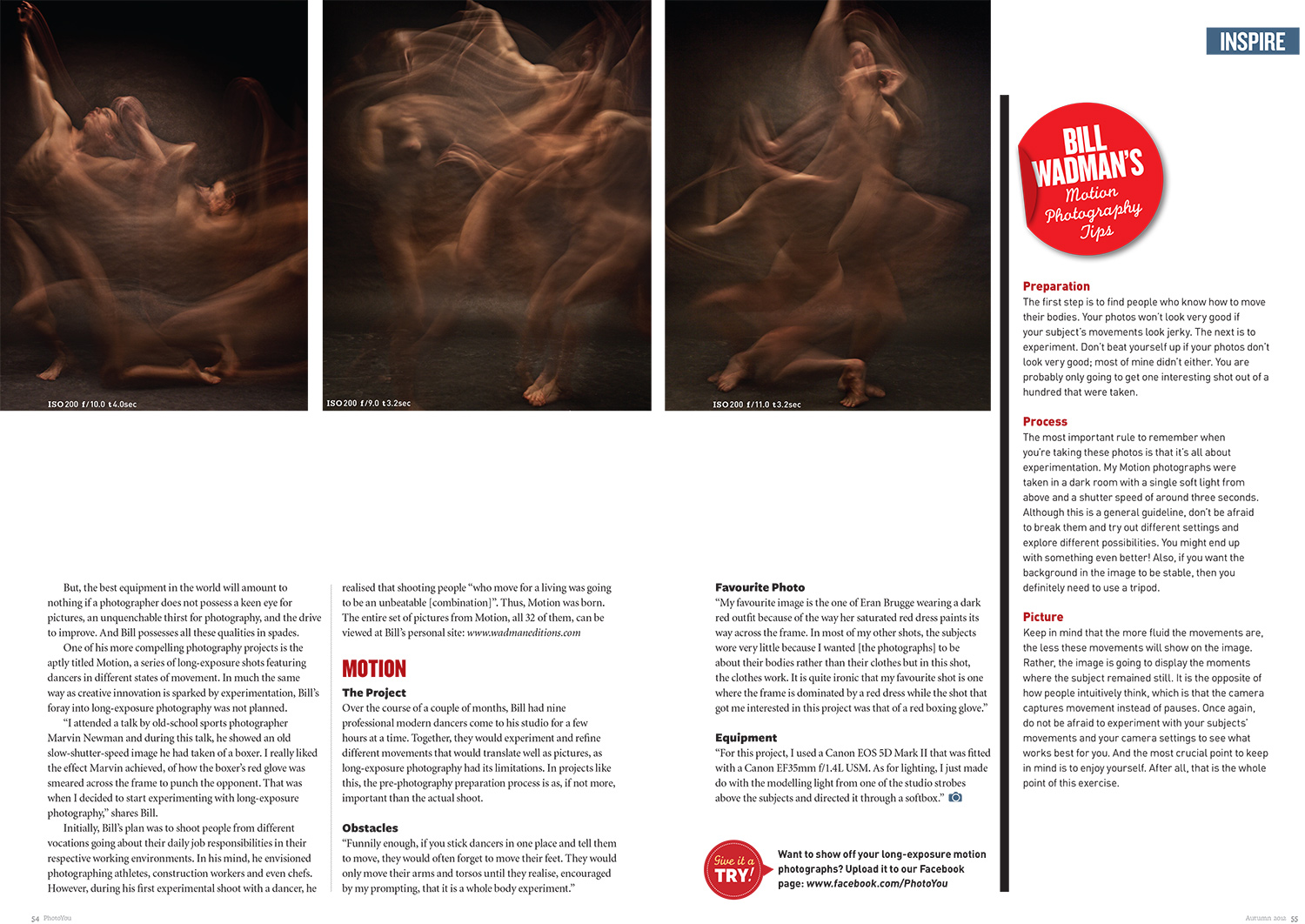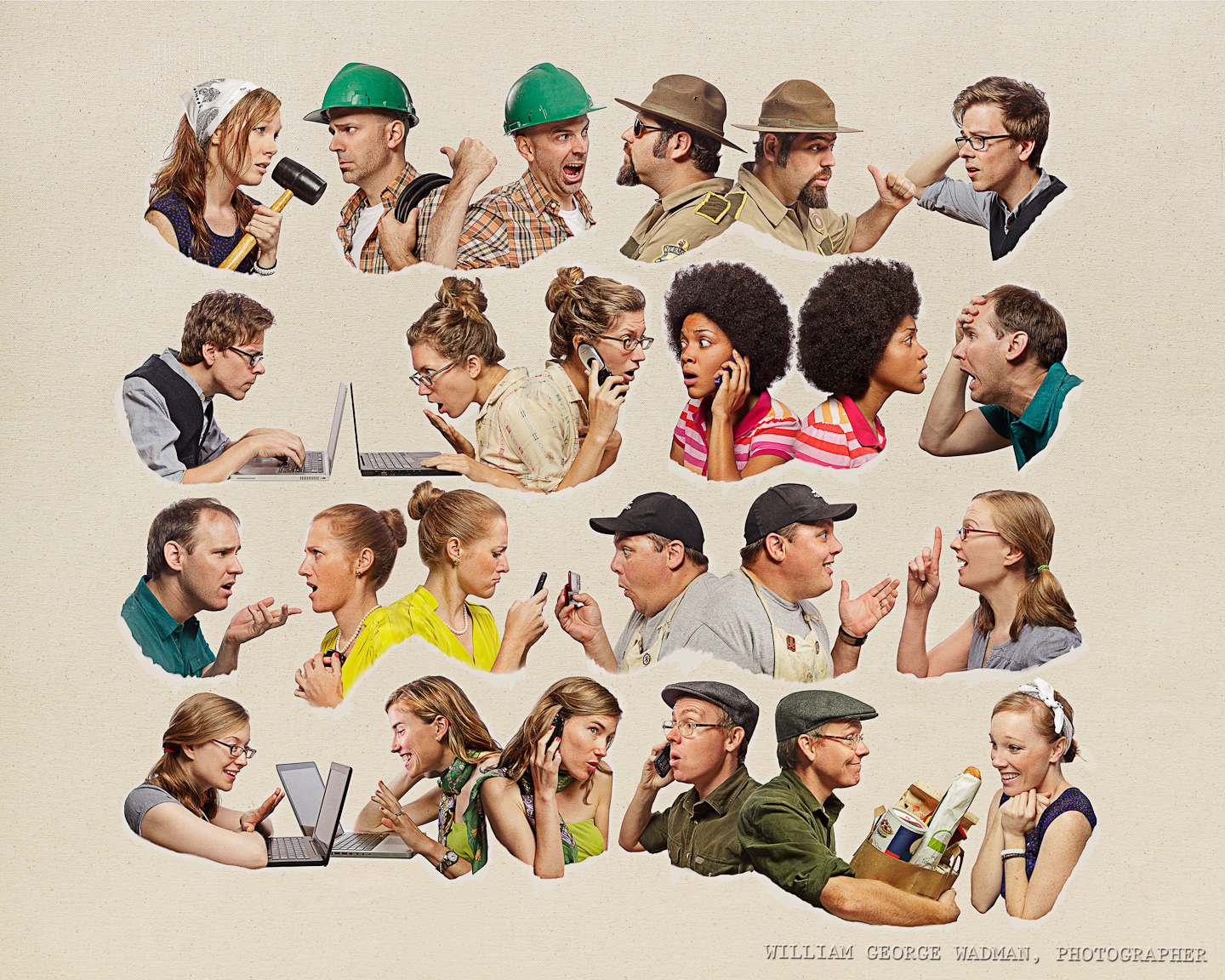Fuji x100s Travel Camera Review
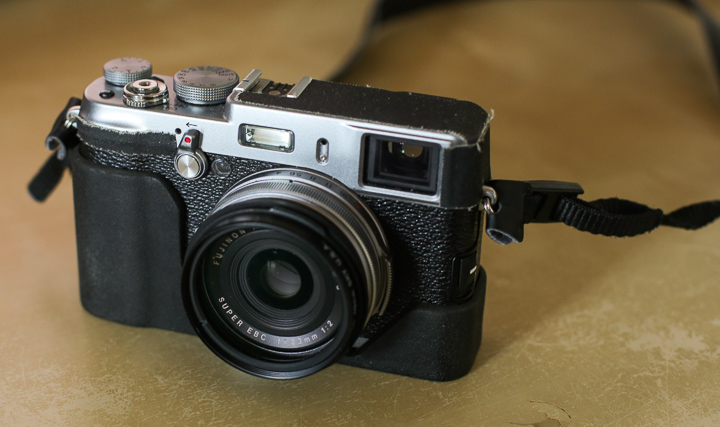 Before my recent week-long trip to Italy, I was agonizing over what camera to take with me. I wanted something smaller and lighter than my workhorse 5D Mark III. Something inconspicuous which still took great pictures. I ended up buying a Fuji x100s based upon the raving reviews of almost everyone I could find who had actually used one. “Perfect”, I thought, I can get all the fun of my M4 but with a nice little digital sensor and for 1/8th the cost!
Before my recent week-long trip to Italy, I was agonizing over what camera to take with me. I wanted something smaller and lighter than my workhorse 5D Mark III. Something inconspicuous which still took great pictures. I ended up buying a Fuji x100s based upon the raving reviews of almost everyone I could find who had actually used one. “Perfect”, I thought, I can get all the fun of my M4 but with a nice little digital sensor and for 1/8th the cost!
The camera did an admirable job and proved itself a solid piece of kit, but not without it’s foibles. Read on…
Image Quality
Assuming your focus, exposure, and technique are solid, the image quality of the Fuji x100s is really incredible. Especially within it’s limits of an 16MP APS sensor, the per pixel sharpness was just amazing. Much of this has to do with random RGB layout of the X-Trans sensor which lets the engineers do without the standard anti-aliasing filter while still avoiding any moiré that would normally crop up.
I had my camera set to auto-ISO with a max of 3200 for the whole trip and image noise was never a problem. It’s not to say that 3200 was identical to 100, but the camera’s noise reduction functions did a great job of not being too heavy-handed in its work. Files taken at night have a bit of grain, but honestly, they should considering the amount of light they were taken in.
The files were so good that I shot jpg files the entire trip, and I’m a die hard raw shooter from WAY back. I didn’t want my trip to feel like work and I wanted my use of this camera to more closely mimic a film rangefinder. I didn’t want to come home and play with every image in ad infinitum. I wanted to be satisfied with the images out of camera. This was possible because the jpg engine in the Fuji is top notch, and is much better than in any Canon I’ve ever used.
Its auto white balance was typically great as well. The handful of situations where it struggled involved terrible mixes of argon street light and fluorescent signage; a scenario where there is no right answer anyway. However, once again the auto setting did much better than my Canon has ever performed in these situations.
Focal Length
The x100s has a fixed 35mm equivalent f/2 lens on it and the glass is great. I rarely shot wide open, but there is little for me to fault. Much like the little 40mm STM lens for my Canon, it’s a great little lens in a small package. Anyone complaining about the optics either got a broken camera or doesn’t know what they’re talking about.
As for being stuck at a single focal length, my readers will know that I like primes. I also like being limited when I shoot so that I have to work a little harder to get the shot. For a trip like the one I was just on, a slightly wide lens like a 35mm is perfect. Wide enough to get a sense of the environment in the shot while not being so wide that you have to get 2ft away from your subject.
Were there times when I would have liked something different? A few, but those situations typically required something even wider. A nice 28mm would have come in handy every once in a while. Fuji makes a 28mm adapter for the camera, but it’s far too expensive in my opinion, so I never really considered it. If they had offered the camera with the option of a built-in 28mm, then I would have had a hard time deciding. I like wide.
For the handful of times that a longer lens would have been useful, you can always crop. Personally, I’m fine with letting some pictures go. I’m in Italy to see the art with my eyes, not spend the whole time with my face in the camera.
Viewfinder
The viewfinder is really a tale of two technologies. The x100s has a hybrid viewfinder which lets you switch between optical and electronic, so we’ll take each one in turn.
The optical viewfinder drew me to this camera in the first place. I wanted a digital Leica M without having to spend 8k, and the Fuji has a few neat tricks up its sleeve. For example the frame lines in the viewfinder are created by the LCD screen from the EVF. This means they can move to compensate for the parallax between the OVF and lens when you’re focused on subjects close to you. This feature gives a more accurate framing in these situations, but accurate framing on the OVF became one of its downfalls.
You see, I found that the camera captured a lot of image outside the framelines in the OVF; about 5% more ended up in the picture outside of what the framelines suggested. This was very annoying when you were trying to frame the image in a way to keep distracting elements out. In these situations I ended up switching over the the EVF so that I knew exactly what was going to be in the shot.
I didn’t expect to use the EVF much, but I did in the end, often to get an idea of the exposure the camera was giving me. When you’re inside a dark church with bright sunlight streaming in a window, it’s often hard to tell what the auto-exposure sensor is going to highlight. There were a number of times that I dialed in a -1 exposure compensation only to find an image that looked like a +1. It seems my idea of what I wanted and the camera’s computer were a bit out of sync at times.
The EVF did its job, but I still don’t like it. It feels like I’m staring at a low-quality LCD screen, not a viewfinder. It’s not that there was a lot of lag, it just feels one step further removed from the subject to me. Also, the highlights and shadows in the EVF often looked blown out or crushed when in the final image they were within the histogram. The panel they use for the EVF apparently doesn’t have the dynamic range that the files do, which makes it hard to see what you’re going to get. If the whole point of an EVF is that you get a WYSIWYG preview of what the final image will like like, then it looses a lot of it’s value to me.
Battery Life
Before I left, I took the fully-charged x100s with me on a photowalk down in New Jersey, where over the course of 3 hours I took 102 photographs. I wanted to take a few more, but at 102 pictures that the battery completely died. This was worrisome. The last thing I needed while walking around the back streets of Venice was to run out of juice.
In the end this fear was unwarranted. Even though I always kept a charged spare in my pocket, I never needed it. But then I didn’t take very many photographs each day, averaging about 80, under the 100 picture cliff that I had fallen off on my test run.
Sounds
The Fuji x100s is a VERY quiet camera, almost too quiet. There’s a selectable shutter sound that will play out of a small tinny speaker on the bottom to let you know when it takes a pictures. I turned mine off because it felt like an iPhone to me. I don’t want it to “play” a shutter sound, I want a shutter sound. Not a loud one, just an audible click so that I can tell when the picture gets taken. Over the course of the trip I handed the camera to a dozen of other photographers to take pictures of us at various locations, and every single person took a picture then looked up puzzled, wondering if the camera worked.
The one time that the silence was awesome was while taking illegal pictures in places where photos were forbidden. I snapped a few in the Sistine Chapel for instance, from the hip, and no one was the wiser. I didn’t really need to take those pictures, better ones undoubtedly exist in the world, but I like to live life on the edge. Mostly I just wanted to see how they would come out.
Handling
If I have fault with the x100s it’s with the quirks of its handling. I loved the physical knobs for shutter speed, aperture, and exposure compensation; those were nice and feel great. My hang ups were with the digital interfaces. The menu system was fine once you got familiarized with it, but I found the dial around the 4-way pad to be far too easy to turn. I changed settings accidentally while trying to click through the menu items, especially in the Q for ‘quick’ menu which let you fiddle with ISO, flash, custom presets etc.
I also could not get comfortable with the shutter release. I never felt like it took the picture when I wanted to take it. Either I didn’t half-press early enough so that there was a delay before taking the picture, or I half-pressed a little too hard so that I took the picture before I was ready. I think the only way I could use this camera in a split-second kind of situation would be in manual focus and exposure mode where the camera didn’t have any decisions to make. When it had those jobs to do, I felt like I was waiting for it to finish. Even with the physical aperture ring set to f/5.6 for instance, the lens still starts wide open has to stop down before the shutter fires before each shot; there’s always a slight delay. It is definitely not the ‘Ooh, look at that! <instantaneous snap!>” camera that some other reviews have touted it being. It’s not even close to the shutter on a manual film camera. If there was a time element involved in getting a picture, the camera was slowing me down.
Accessories
On the advice of David Hobby I ordered an inexpensive hood and quality UV filter for the front of the lens so that I wouldn’t have to worry about the lens cap, which tended to fall off. The problem with using the hood is that it obscures about an ⅛ of the frame when you’re using the OVF, but that would be true with a hood on an analog rangefinder too. Also note that the cheap hoods tend to become loose if you take them on and off a few times. I lost mine on a bus in Rome when it popped off while I was trying to exit out the door. Luckily, it only cost $12. The better plan would be to superglue the mounting ring and hood together before you screw it on.
If you’re going to get this camera, make sure you order an extra aftermarket battery or two. They’re only about $10 a piece on Amazon and could save your bacon if you take a lot of images on an outing.
Lastly, I’d like to mention an accessory that I really liked. JB Camera Designs was nice enough to send me one of their Grip Cases. It is a soft plastic half case which slides over the bottom of the camera and stays in place with a screw into the tripod mount. This protects the bottom of the camera when you put it down and stops the rear lcd from getting scratched if it falls on it’s back. The case also gives your right hand a little more bulk to hold onto, and due to the textured surface, the camera is less likely to slip out of your hands. Seriously, for $35 you can’t go wrong.
I also taped up some of the exposed metal for the trip, both to protect it from scratches and to make it even more incognito. A number of people thought it was an old film camera, exactly what I wanted them to think.
Conclusion
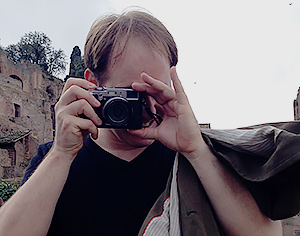 I mentioned on the podcast last week that returning to my Canon 5D Mark III for a shoot the day after I returned felt like getting into a Porsche. It’s a far more responsive camera than the Fuji, but then they’re not really playing in the same league. The x100s is a very different tool. In those situations where I had time to fiddle and play to get the picture I was looking for, the results are outstanding. However, I often felt like I was fighting the camera a little bit to get those results. I love the sensor, I love the physical knobs, I love the design, but ultimately it never ‘disappeared’ in my hands. To be fair, I only took 602 pictures the whole week so it’s not like I’ve shot tens of thousands of images with it, but then again, the camera didn’t really make me want to take 10,000 pictures. So who is at fault?
I mentioned on the podcast last week that returning to my Canon 5D Mark III for a shoot the day after I returned felt like getting into a Porsche. It’s a far more responsive camera than the Fuji, but then they’re not really playing in the same league. The x100s is a very different tool. In those situations where I had time to fiddle and play to get the picture I was looking for, the results are outstanding. However, I often felt like I was fighting the camera a little bit to get those results. I love the sensor, I love the physical knobs, I love the design, but ultimately it never ‘disappeared’ in my hands. To be fair, I only took 602 pictures the whole week so it’s not like I’ve shot tens of thousands of images with it, but then again, the camera didn’t really make me want to take 10,000 pictures. So who is at fault?
Ultimately, as far as the trip was concerned, I think I made the right choice. The Fuji x100s helped me make some lovely photographs and my back was very happy to not to be lugging around a Canon system that weighed 3 times as much. Much like the Millenium Falcon, the x100s has got it where it counts, kid. The lens is sharp and contrasty, the sensor is amazing, and the body of the camera harkens back to the late 1970’s in a good way. I just wish the modern sections of the camera were as elegant and well performing. My conclusion is that it’s a great camera, but it’s just not the best camera for me.
—–
If you’re planning on purchasing a Fuji x100s from Amazon, do it through this link and help support the site.
Advice in Globe & Mail
My good friend Grant Stoddard interviewed Helen Park and myself for an article in the Canadian newspaper of record The Globe and Mail. Check out some of my advice. Apparently the good stuff where I point out that “YOU are not Kubrick” was cut. Too controversial perhaps.
Motion in the Autumn 2012 PhotoYou Magazine
My Motion series of images, and an interview with yours truly, is featured in the current issue of Canon’s PhotoYou magazine which is apparently really huge in South East Asia. Always nice to have people like feature your work.
Click to expand and they may get big enough to read the text comfortably.
Rockwell Results
So I was asked to make an image to benefit the upcoming Hightwater Heart auction benefiting a food bank in Vermont which services those who got pummeled by the flooding brought by Hurricane Irene a few weeks ago. I saw photographs of friend’s houses quite literally being pulled down engorged rivers. Some lost everything so I figure the least I can do it try to make something.
There’s a famous Norman Rockwell painting of people gossiping which I used as a template to attempt to tell the story from a wet exhausted lady, to a utility worker, to cop, to cub reporter, to the masses of horrified people outside Vermont who heard the stories and saw the cell phone videos and decided to do something to at last make sure the initial lady had food to eat.
I think the plan is to offer a small edition of 10 or so medium size signed prints on eBay in the next couple of weeks. I’ll post and tweet when I know more if you’re interested in bidding.
Thanks to everyone involved and all my friends who came out to lend a hand and profile. I hope you like it.
Drabbles wins Adorama Book Contest
 Got word today that my Drabbles book won Best Photography Book (or something like that) in the Adorama book contest.
Got word today that my Drabbles book won Best Photography Book (or something like that) in the Adorama book contest.
You can check out the other winners and such over here.
And of course, while you’re already there… Go buy a copy of Drabbles! It’s a very pretty book if I do say so myself.
FYI, when ordering, make sure you say “No corrections” if it asks. Don’t want anybody messing with my finely tuned color and density work.
Meeting your Heroes
There’s an old adage that you should never meet your heroes. The idea is that they’ll never live up to your expectations and you’re sure to be disappointed, so you’re better off just sticking with your probably false yet positive conceptions. In the past few years of taking pictures I’ve had the opportunity to meet and talk to some of my heroes and the results were decidedly mixed. Some have been better than expected, and some a disappointment. Spending 30 minutes chatting and shooting author and host of the old TV series Connections on BBC, James Burke for instance, was one of the top 10 experiences of my life. It’s ok to laugh, I don’t care if you think I’m a nerd.
Well as you can probably gather by the previous post, yesterday I got to spend some time with legendary photographer Jay Maisel at his enormous 35,000 square foot studio building on the Bowery. This is a guy who shot that out of focus picture of Marilyn, and the cover of Kind of Blue, and pretty much all the Sports Illustrated Swimsuit stuff from when I was a kid. This guy has probably shot more Kodachrome in his life than all the pictures taken by everyone reading this combined.

All of those drawers are filled with tear sheets and unsigned prints for VIPs. Crazy. I couldn’t imagine keeping 15 copies of every magazine my work has been in.
The Making of Drabbles – Video Lecture
Some of you may remember that I gave a lecture on the making of my Drabbles portrait series about a month ago. Well my good friends Dan and Claude used their nerdy might and recorded it for your viewing pleasure. It was, as you would expect, quite dark in the room, but I’ve gone in and inserted full screen images of what was on the screen for your viewing pleasure.
About 45 minutes of photoshop post-production and compositing goodness. If you ever wanted to know how I pulled a lot of them off, this is your chance to find out.
I could embed it here in a smaller size, but go over to vimeo and watch it at full-size instead.
I hope you enjoy, and please spread it around.

